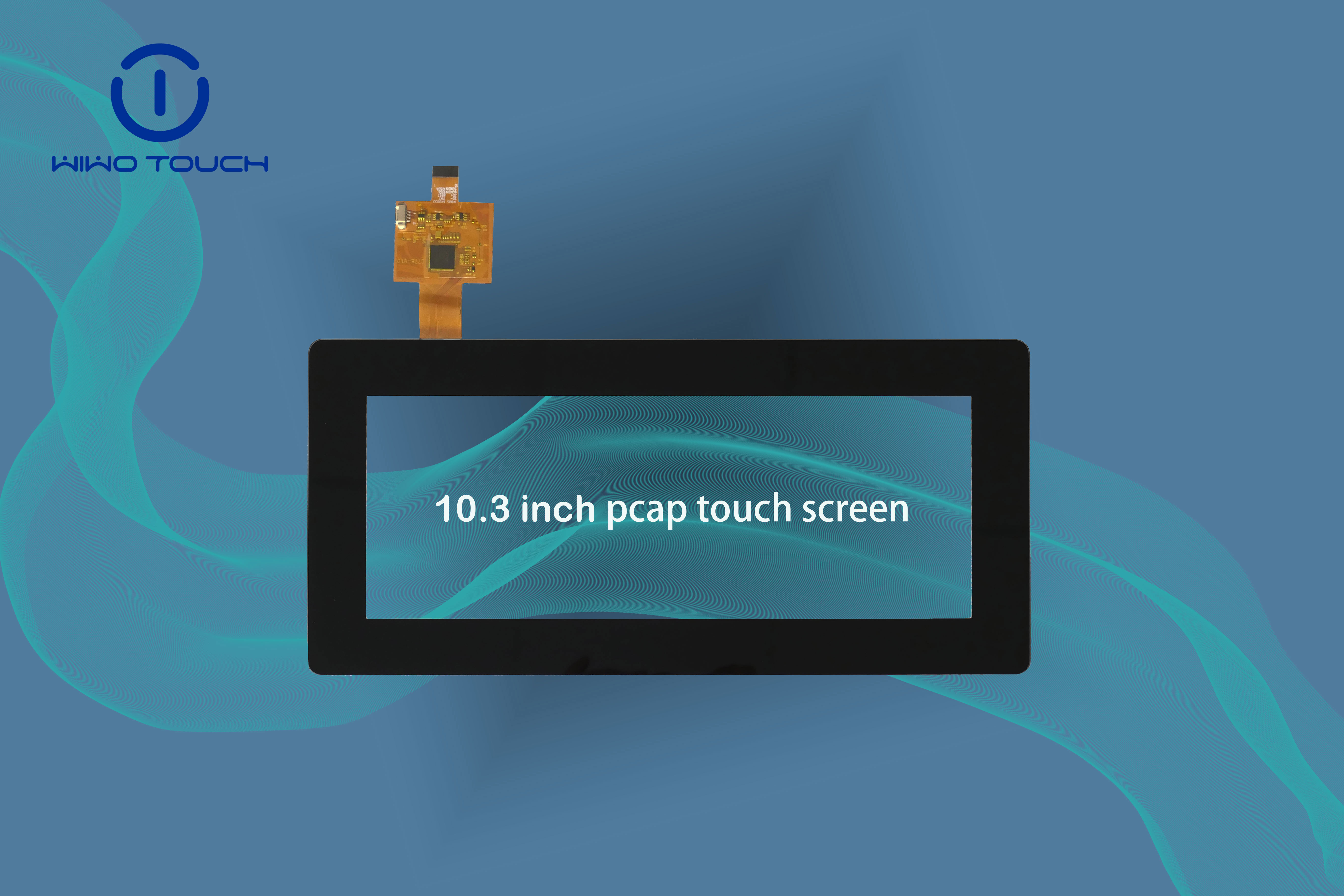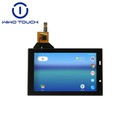Ultrasonic equipment is equipment that utilises the properties of ultrasound waves propagating and interacting in matter for detection, imaging, cleaning, welding, cutting, medical and other applications. Ultrasonic equipment mainly includes ultrasonic sensors, ultrasonic generators, ultrasonic probes, ultrasonic power controllers and other components. Different types of ultrasonic equipment have their own specific applications and functions:
Ultrasonic testing equipment: including ultrasonic flaw detection equipment and ultrasonic thickness gauge, etc., used for non-destructive detection of internal defects in materials, measurement of object wall thickness, etc..
Ultrasonic imaging equipment: such as ultrasonic medical imaging equipment (ultrasonic B ultrasound), ultrasonic industrial imager, etc., for biomedical examination, industrial imaging and other fields.
Ultrasonic cleaning equipment: the use of ultrasound in the liquid generated by the tiny bubbles and liquid flow power for cleaning, for precision parts, electronic components, optical devices, etc. cleaning.
Ultrasonic welding equipment: the use of ultrasonic vibration energy for metal or plastic material welding, riveting, covering and other processes.
Ultrasonic cutting equipment: the use of ultrasonic high-frequency vibration for thin plate material cutting, punching and other processes.
The application of touch screen to ultrasonic equipment has the following advantages:
Intuitive operation: the touch screen provides an intuitive user interface, users can control the ultrasonic equipment through simple gestures and operations, making the operation more convenient and intuitive.
Flexibility: the touch screen can achieve different interface layouts and functional buttons as needed to adapt to different operating scenarios and needs, improving the flexibility and customisability of the equipment.
Enhanced interactivity: touch screen supports multi-touch and gesture operation, which can provide richer interaction methods and make the interaction between users and devices more flexible and natural.
Display effect: the touch screen can provide high-definition, high-brightness display effect, can clearly show the working status of ultrasonic equipment, parameter information, etc., so that the operator can clearly understand the work of the equipment.
Ultrasonic equipment required by the touch screen performance requirements include:
High-precision touch: the touch screen needs to have high sensitivity and precise touch control capabilities to ensure the accuracy and smoothness of user operation.
Anti-interference ability: ultrasonic equipment is usually used in industrial environments, the touch screen needs to have good anti-interference ability, can work stably and reliably in a variety of industrial environments.
Durability: the touch screen needs to have a high resistance to wear and corrosion resistance, can work long and stable to meet the ultrasonic equipment in the industrial environment for a long time.
Clear display: the touch screen needs to have a high definition, high brightness display to ensure that users can clearly see the information on the screen and the operating interface.
Reliability: the touch screen needs to have a stable and reliable performance, long-term stable operation, and in the working environment is not easily affected by external factors.





